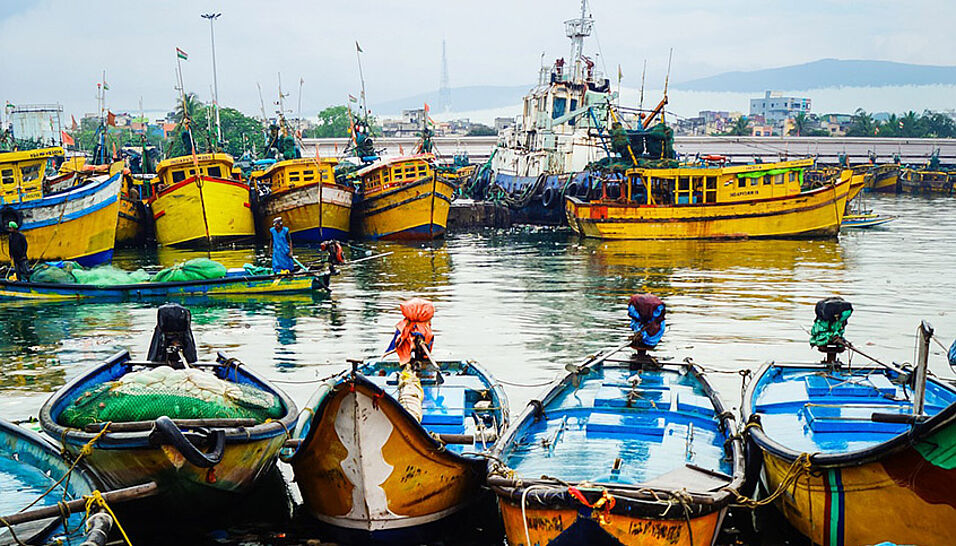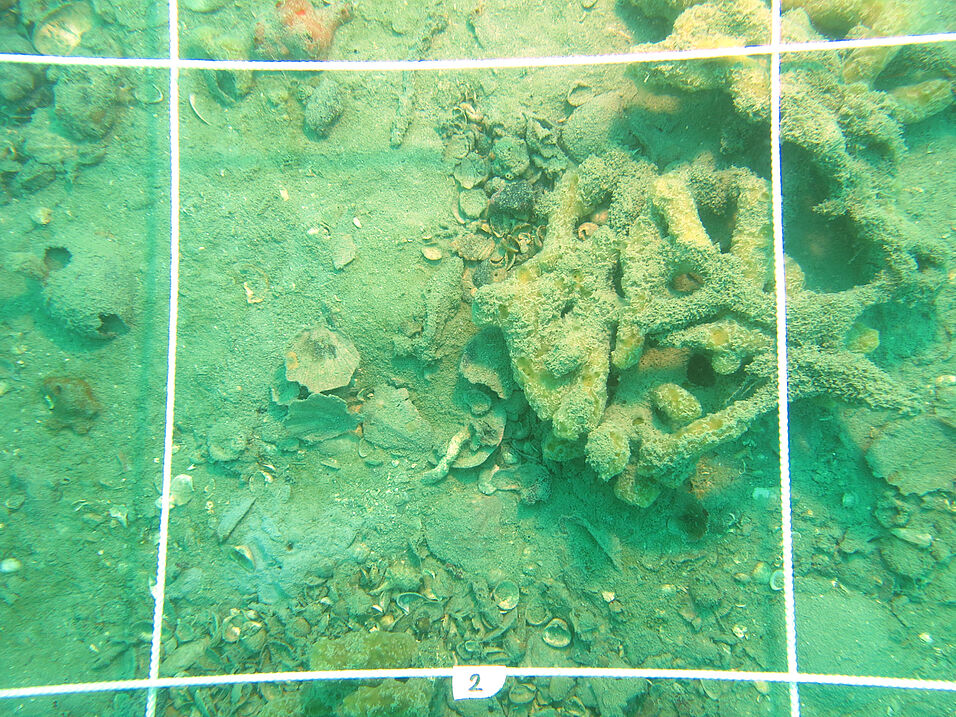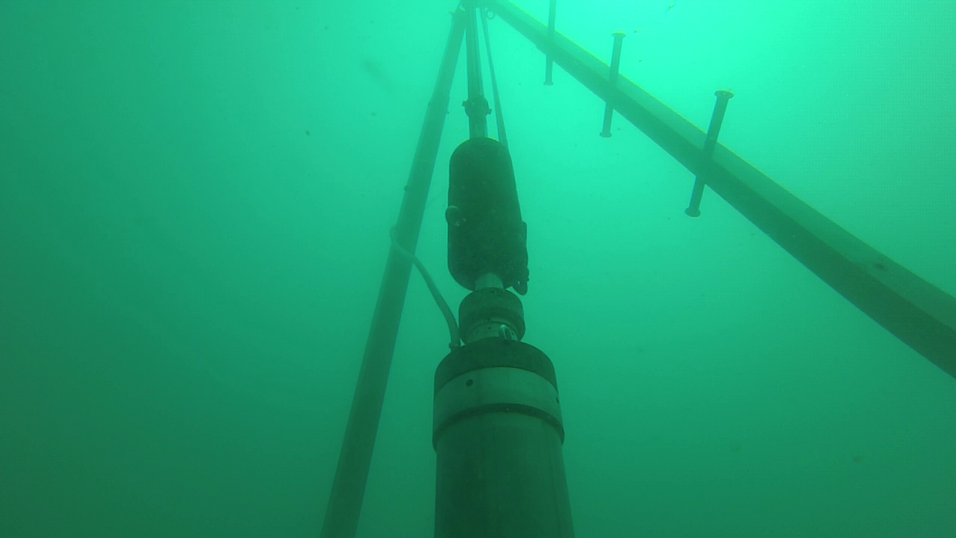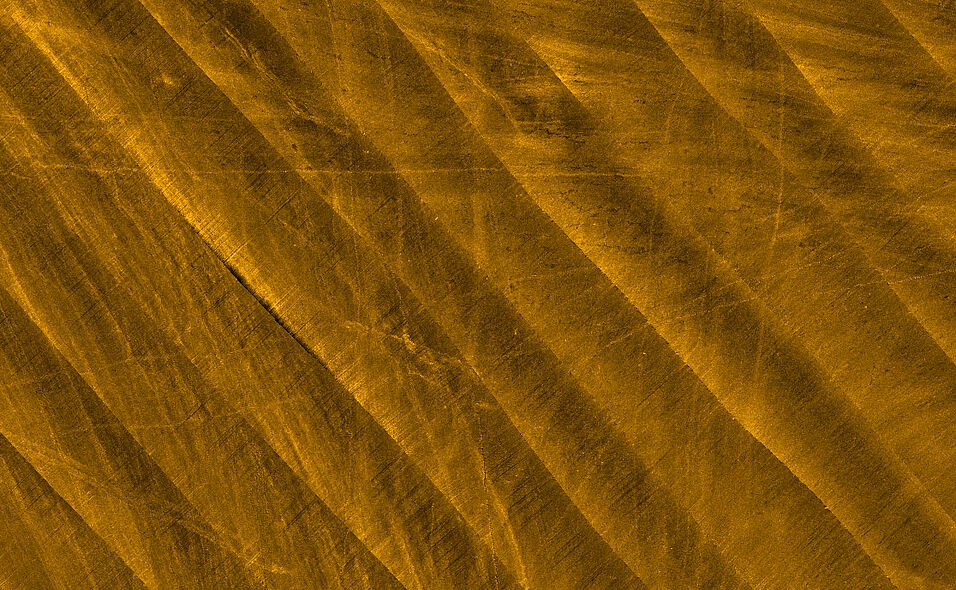- Guest article by Rafał Nawrot
Hundred-year-old shells still laying on the seafloor, documenting past distributions of extirpated species; skeletons of tiny microorganisms preserving the chemistry of the ancient ocean; mineralized ear stones of fish recording - like rings of a tree - the life history of their long-dead owners. Marine sediments contain a treasure trove of information on ecological changes in past decades, centuries and millennia and scientists employ a wide array of innovative ways to extract those historical records. These ghosts of the past help us to understand changes in climate and reconstruct long-term human impacts on marine ecosystems by filling the gaps where direct observations and ecological data are missing.
However, in a new article published by the journal Biogeocsciences we argue that humans alter not only what is preserved in the youngest fossil record but also how it is preserved. This is because human activities that reshape marine ecosystems also change sedimentary and biological processes that control the formation of the geological archives recording those impacts.
Shaping the quality of the fossil archives
How complete and well resolved the fossil record is depends on several factors. Rapid accumulation of sediment improves the quality of the fossil record because the quicker the skeletal remains are buried the greater the chance of their preservation. Water chemistry determines how fast skeletal remains disintegrate before the burial. Burrowing organisms, waves or currents can mix the remains of the organisms that died recently with those that did so hundreds of years ago, thus reducing the resolution of fossil assemblages that will be formed by them. Finally, how robust the skeletons are and how other organisms may alter those skeletal remains (e.g., predators by breaking shells of their prey or bioeroding organisms by boring into shells for protection), will also shape the quality of the resulting fossil archives.
Human impacts - from local to global scales
Humans have been altering all these factors, often in non-obvious ways. For example, cutting forests on land can improve the fossil record forming in coastal areas. This is because deforestation increases soil erosion and the resulting surplus sediment, transported by rivers, ends in the sea where its rapid depositions leads to higher resolution and better preservation of fossil archives.
On the other hand, bottom trawl fishing, akin to ploughing on land, mixes and stirs the bottom sediments and thus has the opposite effect.
Formation of extensive “dead zones” – areas of low-oxygen conditions created by increased input of nutrients from land – kills marine organisms, including those that burrow into seafloor sediments. Somewhat ironically, thanks to the very fact that these burrowers died, the fossil record of their mass morality will be much more highly resolved due to limited sediment mixing.
In addition to the removal of species, introduction of non-native species can also have strong repercussions not only for the affected marine communities but also for the nature of the fossil record, especially if the invaders are potent shell-crushing predators or burrowers.
Global-scale human impacts like ocean acidification and climate warming play a role, as well. Carbonate skeletons secreted in seawater with lower pH are thinner and more brittle, and thus, they will dissolve faster after the death of the organismFinally, the ongoing global warming and accelerating sea-level rise, which among others result in increased coastal erosion and spread of non-native species, will likely further intensify many human-driven processes that affect the quality of the fossil record.
Understanding the past helps in predicting the future
Taken together, these observations suggest that humans have become a major force transforming the nature of the marine fossil record – both currently forming and that of the recent past – in ways that can both impede and improve our ability to reconstruct ecological and climate dynamics. With this insight we can improve our interpretation of the youngest fossil archives and use this knowledge to better predict the future of the coastal ocean.




